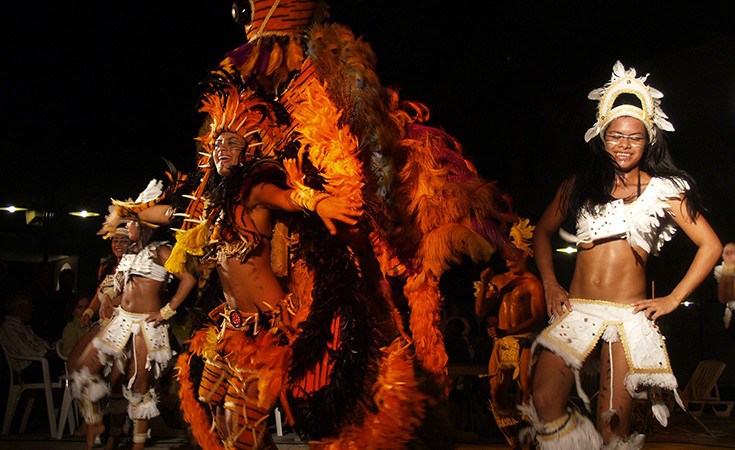
History of Samba - Samba is a carnival dance that originated almost on the street. This is originally a Brazilian dance that has African roots. Samba is especially emphasized by the beautiful costumes worn at the carnival, which clearly emphasizes the beauty of the movement of this dance.
Samba is considered a mixture of dances. It originated in Brazil in the 19th century and actually has admixtures of African dances danced by slaves and later passed on to slaves who worked on sugar cane plantations in Brazil. The traditional African dance in a circle with a lone central performer relied on weight changes, fast steps and sliding in a beating rhythm of 2/4, while the upper part of the body remained quite static, i.e. calm, reacting to the movements of the hips and legs.
When slavery ended, dancers migrated to favelas outside the cities, where freed slaves gathered dance troupes for the carnival. Although they were not popular among the upper strata of society, neither slaves nor their dances, samba proved to be irresistible, so it entered cinematography. Today, it is not even possible to imagine a carnival without samba!
In 1933, Fred Astaire and Delores Del Rio danced a version of samba in the film Flying Down to Rio. In 1939, at the world fair held in the USA, samba was presented in the Brazilian pavilion and it delighted all visitors. Today, samba as a dance has fully developed, so we have different types of samba that you can dance solo, in pairs, etc